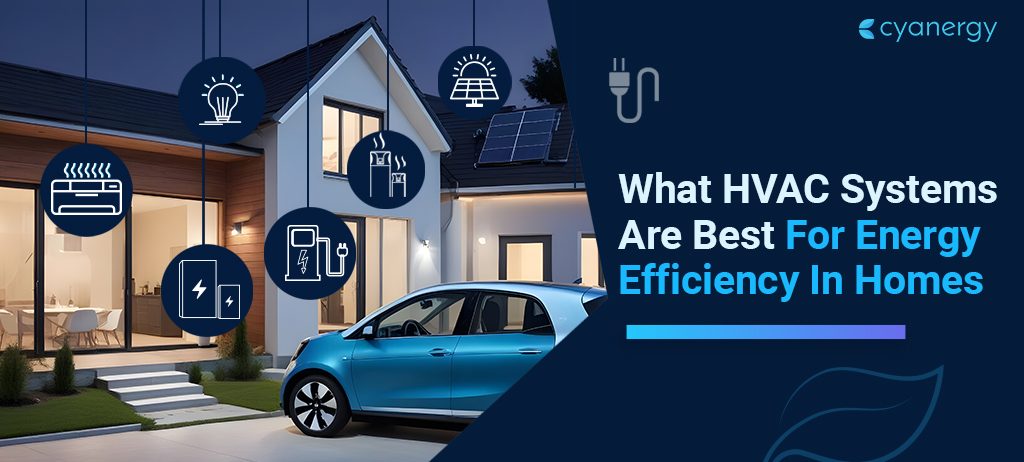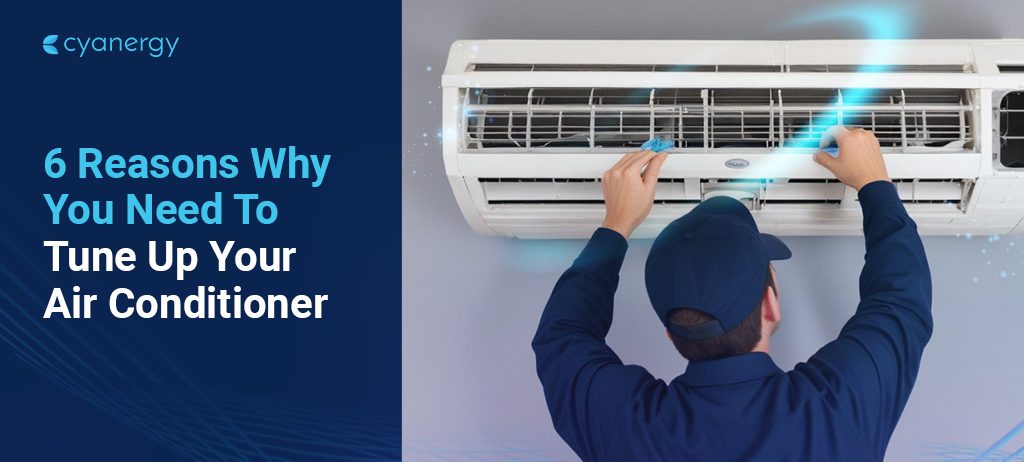Heating and cooling account for a large portion of your energy bill. It is more relatable for places like shops, offices, and hotels. These places often account for the most significant portion of the energy bill.
So, how can you make your heating and cooling system more efficient for your business? Do not worry. We have the best heating and cooling tips for businesses in Australia.
Efficient heating and cooling systems are essential for businesses in Australia. They make workplaces comfortable and productive by controlling temperatures, improving air quality, and cutting energy costs.
Depending on your business’s size and needs, you can choose from different commercial air conditioning units or heat pumps. Whether you have a small shop or a big office, there’s a unit that will work for you.
When selecting an air conditioner or heat pump, consider its efficiency, the maintenance it requires, and its longevity.
Even though more efficient units might cost more initially, they will save you a lot on energy bills over time, which is also good for the environment.
Understanding Energy Use in Australian Businesses
You must understand energy usage patterns to utilize the best heating and cooling tips. Big and small businesses in Australia rely on energy, like electricity and gas, for their everyday tasks.
Energy usage is one of the most significant aspects of a business’s money matters and also affects how much it hurts the environment.
One big thing to consider is getting the best energy deal for a small business, which means finding a plan with the best value for money and usage.
It’s essential to compare different energy contracts to ensure you’re getting a good deal. It might mean talking to your current energy provider to see if they can offer better terms or switching to a new provider who offers a better deal.
While big industries might have their ways to save energy, small and medium-sized businesses can also do things to use less energy. The Australian Government’s Energy Advisory Service gives free advice and helps small companies improve their energy use.
Understanding how much energy your business uses is a big part of managing energy. It means looking at energy bills and finding places where you use energy.
To sum up, understanding energy use in Australian businesses is essential for saving money and being kinder to the environment.
By picking the right energy plan, monitoring energy use, and using energy more efficiently, businesses can spend less and have a minor impact on the planet.
Importance of Energy Efficiency for Heating and Cooling
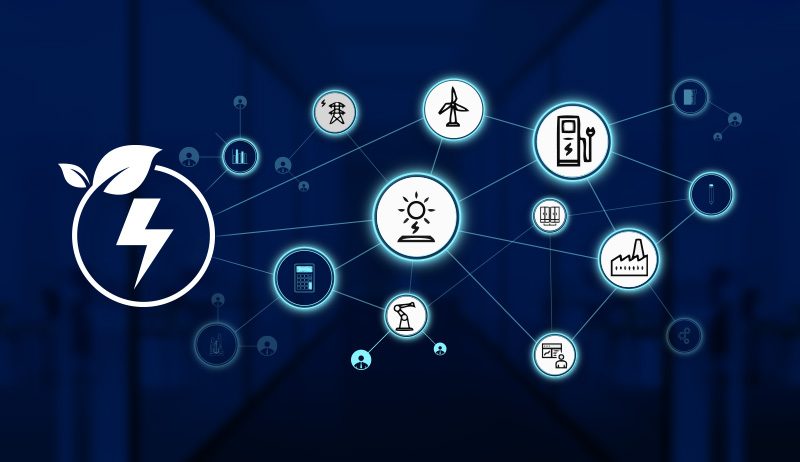
Being energy efficient is crucial for businesses in Australia. It helps them save money on energy and use their resources better. When enterprises use energy efficiently, they don’t just save money.
They also help the environment. These can make employees happier, satisfy customers, and make indoor spaces more comfortable.
Australia is deeply concerned about climate change, and using energy efficiently can help tackle this problem. When we use energy wisely, we produce fewer greenhouse gases that cause climate change.
The Australian government encourages businesses to be energy efficient as part of their plan to protect the environment.
Improving energy efficiency in businesses has many benefits. It can make employees feel better, work better, and perform better. Being energy efficient doesn’t mean sacrificing comfort. New research shows that it can make employees happier.
Buying energy-efficient appliances and equipment can save much money in the long run. Some businesses have cut their energy bills by 25-50% and saved a ton on maintenance costs. Plus, using energy efficiently often means companies can produce things faster and better, improving their work overall.
In short, being energy efficient is vital for businesses in Australia. It helps them save money, improve workplaces, and care for the environment.
With climate change becoming more serious, using energy efficiently is essential for businesses to stay competitive and help Australia grow sustainably.
Utilizing Renewable Energy Sources
Businesses in Australia can benefit from using renewable energy in their energy-saving plans. Some popular options include solar power, wind energy, and biomass/biogas.
With solar panels, they will rely less on regular electricity, which might lower their energy bills. Plus, using solar energy shows that a business cares about the environment, which can make them look good.
Wind energy is another way to make electricity without hurting the environment. Giant turbines catch the wind and turn it into power. Australia has some places with perfect wind conditions, so it’s a good option for businesses to consider.
Hydroelectric power is made by controlling water with giant turbines. Solar or wind power is more common than solar or wind power, but it still helps businesses in certain places.
Using renewable energy helps businesses reduce their carbon footprint and grow the clean energy industry in Australia.
In 2021, almost a third of Australia’s electricity came from renewable energy sources. This shows that more and more people are getting serious about using clean energy.
Best Heating and Cooling Tips and Strategies
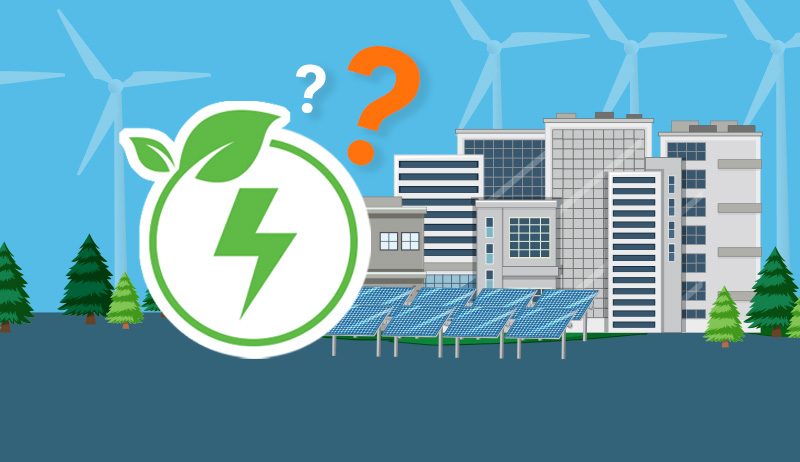
Implementing sustainable heating and cooling strategies is essential for businesses in Australia to reduce their environmental impact and operational costs.
Here are some practical tips and strategies:
Passive Design:
Incorporate passive design principles into building construction or renovation. It includes maximizing natural ventilation, optimizing building orientation for sunlight exposure, and using shading devices to minimize heat gain.
High-efficiency HVAC Systems:
Invest in high-efficiency heating, ventilation, and air conditioning (HVAC) systems. Look for units with high energy efficiency ratings (e.g., ENERGY STAR certified), variable speed drives, and intelligent controls for optimized performance.
Renewable Energy:
Install renewable energy systems such as solar panels or geothermal heat pumps to power heating and cooling systems. Generating clean energy on-site reduces reliance on fossil fuels and lowers carbon emissions.
Energy-Efficient Insulation:
Improve building insulation to minimize heat transfer and maintain comfortable indoor temperatures with less energy consumption. This includes upgrading insulation materials in walls, roofs, and windows.
Heat Recovery Systems:
Implement heat recovery systems to capture waste heat from HVAC or industrial processes. This recovered heat can be reused for space heating, water heating, or other purposes, reducing the need for additional energy input.
Zoning and Controls:
Utilize zoning and smart controls to optimize heating and cooling based on occupancy patterns and thermal comfort requirements in different building areas. It prevents the over-cooling or overheating of unoccupied spaces.
Building Management Systems (BMS):
Deploy BMS to monitor and control HVAC systems, lighting, and other building systems for optimal energy efficiency. Real-time data analytics can identify areas for improvement and automate energy-saving measures.
Green Roof and Walls:
Install green roofs or walls to provide natural insulation and reduce heat absorption, lowering cooling demand during hot seasons. Additionally, greenery contributes to improved air quality and biodiversity.
Energy-Efficient Lighting:
Upgrade to energy-efficient LED lighting and incorporate daylight harvesting sensors to reduce lighting-related heat gain and energy consumption.
Set Temperature Parameters:
Maintain temperature settings within recommended ranges for comfort and energy efficiency. For heating, set thermostats to around 18-20 °C during winter; for cooling, aim for 24-26 °C during summer.
Regular HVAC Maintenance:
Schedule regular maintenance for heating and cooling systems to ensure they operate efficiently. This includes cleaning or replacing filters, checking for leaks or blockages, and inspecting ductwork for damage.
Utilize Natural Ventilation:
Cool indoor spaces using natural ventilation whenever possible. Open windows and doors during colder times of the day to allow fresh air circulation, reducing reliance on mechanical cooling systems.
Install Ceiling Fans:
Install ceiling fans to improve air circulation and distribute conditioned air more effectively. Ceiling fans can help maintain comfortable temperatures while reducing the need for excessive cooling.
Seal Air Leaks:
Seal gaps and cracks in windows, doors, and walls to prevent hot or cold air escaping, improving HVAC efficiency. Weatherstripping and caulking are cost-effective ways to reduce air leaks.
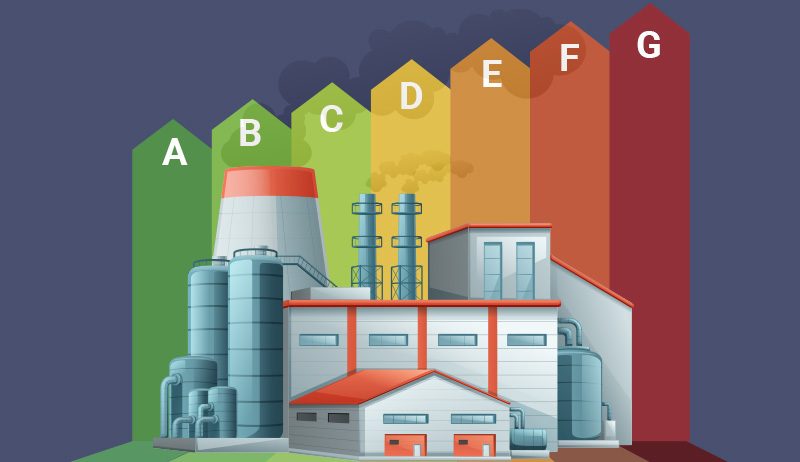
Window Treatments:
Install window treatments such as blinds, shades, or tinted films to block out excess sunlight and reduce heat gain during summer. This helps minimize the workload on cooling systems.
Upgrade to Energy-Efficient Equipment:
Replace outdated heating and cooling equipment with energy-efficient models. Look for units with high energy efficiency ratings (e.g., ENERGY STAR certified) to lower energy consumption and operational costs.
Implement Programmable Thermostats:
Install programmable thermostats to adjust temperature settings based on occupancy schedules automatically. Program thermostats reduce heating or cooling when the building is unoccupied, such as evenings and weekends.
Employee Engagement and Education:
Raise employees’ awareness of the importance of energy conservation and encourage sustainable practices such as turning off lights and equipment when not in use, maintaining appropriate temperature settings, and utilizing natural ventilation whenever possible.
Educate employees about energy-saving practices and encourage them to turn off lights, computers, and other equipment when not in use. Engage employees in energy conservation efforts to create a culture of sustainability within the workplace.
Implementing these heating and cooling tips can help businesses in Australia optimize energy usage and create more comfortable indoor environments for employees and customers.
Also, businesses in Australia can significantly reduce their carbon footprint, enhance energy resilience, and achieve long-term cost savings.
Additionally, these initiatives can contribute to corporate sustainability goals and demonstrate environmental leadership within the community.
